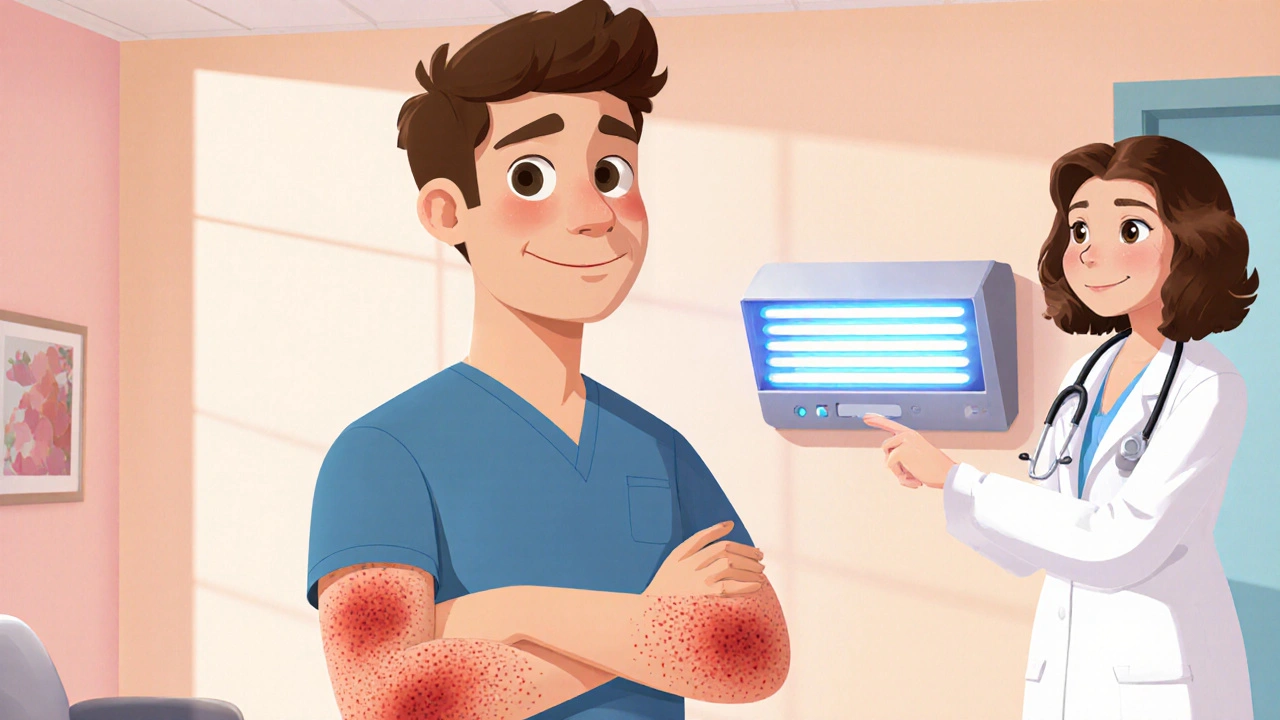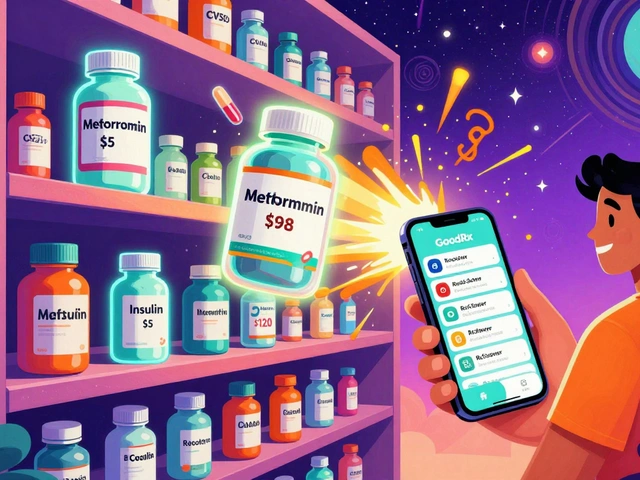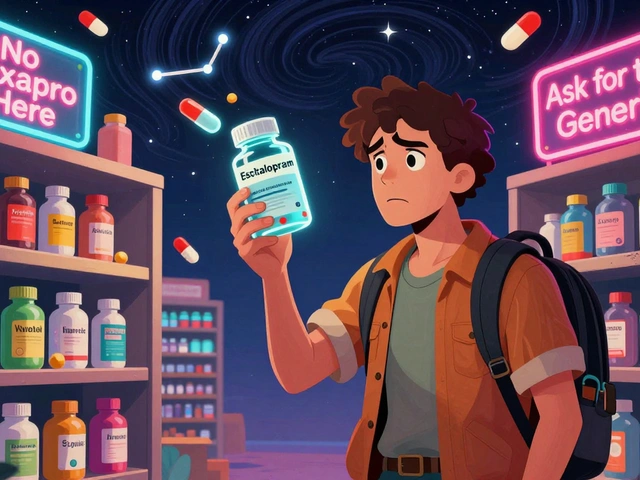Home Phototherapy for Psoriasis
When you hear Home Phototherapy for Psoriasis, a self‑administered light treatment that uses UVB wavelengths to calm skin inflammation and flatten plaques. Also known as at‑home UVB therapy, it lets people treat flare‑ups without frequent clinic visits. This approach combines convenience with clinically proven results, making it a solid option for many living with the condition. Below we’ll break down how the therapy works, what equipment you need, and what to watch for so you can use it safely and effectively.
Understanding Psoriasis and Its Triggers
Psoriasis itself is a chronic autoimmune skin disease that speeds up the growth cycle of skin cells, causing red, scaly patches. Psoriasis, an immune‑mediated disorder affecting about 2% of the global population often flares up due to stress, injury, or certain medications. The disease isn’t just skin‑deep; it can impact joints (psoriatic arthritis) and quality of life. Recognizing the link between triggers and flare‑ups helps you choose the right treatment strategy, and home phototherapy can be a key part of that plan when traditional creams or systemic drugs aren’t enough.
One of the main reasons home phototherapy psoriasis gains traction is its ability to target the root cause—excessive skin cell turnover—without the systemic side effects of oral medications. By exposing the skin to specific UVB wavelengths, you slow down cell proliferation and reduce inflammation, which translates into fewer and less severe plaques.
While the therapy works for many, it’s important to know that results vary based on disease severity, skin type, and adherence to a regular schedule. Tracking your progress with photos or a journal can show patterns and help you adjust treatment intensity over time.
Now let’s look at the type of light that makes this work.
UVB phototherapy is the cornerstone of effective home treatment. UVB Phototherapy, the use of ultraviolet B light (280‑320 nm) to modulate skin immune response has been studied for decades and consistently shows plaque reduction in clinical trials. There are two main variants: broadband UVB, which covers a wider range of wavelengths, and narrowband UVB, which focuses on the 311‑313 nm peak that delivers the most therapeutic benefit with fewer side effects.
When you set up a home unit, you’re typically opting for narrowband UVB because it’s proven to be the gold standard. Narrowband UVB, a precise UV spectrum that maximizes efficacy while minimizing burns allows for shorter treatment times—often just a few minutes per session—making it easier to fit into a daily routine. Studies show that after 12‑16 weeks of consistent use, many users see a 50‑70% reduction in plaque surface area.
Choosing the right device is crucial. Light Therapy Devices, handheld or full‑body panels designed for at‑home UVB exposure differ in size, intensity, and safety features. Key attributes to compare include the lamp’s wattage, the presence of built‑in timers, and whether the unit has a certified UVB output. Devices that offer adjustable dosage settings let you start low and gradually increase exposure as your skin builds tolerance.
Safety should never be an afterthought. Because UVB can cause burns if overused, most reputable home units come with dosing calculators that consider your skin type, treatment history, and the specific device’s output. It’s also wise to wear protective eyewear and to keep untreated skin covered to avoid accidental exposure. Regular skin checks with a dermatologist help catch any signs of over‑exposure early.
Beyond the hardware, the treatment routine itself matters. Most experts recommend starting with 2‑3 sessions per week, each lasting 30‑60 seconds for the first few treatments, then slowly extending the exposure as tolerated. Consistency is key—missing weeks can set back progress, while too‑frequent sessions increase risk of erythema. Pairing phototherapy with moisturizers and anti‑inflammatory topicals can boost results and keep the skin barrier healthy.
To sum up, home phototherapy offers a practical, evidence‑based path for many people battling psoriasis. By understanding the disease, selecting a narrowband UVB device, and following a safe, consistent schedule, you can gain control over flare‑ups without relying solely on systemic drugs. Below you’ll find a curated list of articles that dive deeper into each aspect—drug comparisons, lifestyle tips, and more—so you can build a comprehensive plan that fits your life.
Light Therapy Benefits for Plaque Psoriasis Relief
Discover how light therapy eases plaque psoriasis, its types, effectiveness, safety, and practical tips for using clinical or home phototherapy treatments.





